(Périgueux 1851 - 1936)
The carpenter's workshop in Saint Georges de Didonne
Oil on cardboard
H. 28.5 cm; W. 41 cm
Signed and dated 1922 lower right
Provenance: Private collection, Périgueux
Jean-Georges Pasquet was born in 1851 in Périgueux. After a childhood in the Périgord region, which is very poorly documented, the young artist arrived in Paris and joined the École des Beaux-Arts, graduating a few years later. He returned to his native land in 1879 to take over the direction of the Municipal School of Drawing in Périgueux, and also became a drawing teacher at the École Normale Supérieure for boys and girls. A student of Gustave Boulanger, Jules Lefèvre, and Jean-Joseph Benjamin-Constant, the painter sets up his easel on the banks of the Dordogne or the Isle to "tell a few memories" through realistic landscapes filled with gentleness. Through his style, the painter reveals a great idea to his compatriots, of his country and his origins. We find works stripped of artifice, representing inhabitants of the region, working their lands or simply strolling along paths. These paintings or drawings by Pasquet retrace the life of Périgord at the dawn and during the 20th century, always situated in very specific places. He is one of the artists of the School of Périgueux. This school, somewhat forgotten in the history of art, highlights the heritage and identity of the Périgord lands. Among the representatives are Jean-Louis Daniel, André Saigne, Georges Darnet, René Laforest, Roger Favard, and André Prugent. This movement has as a common denominator a theme that stands out from the canons of the time: the landscape. "It is a school without a leader and without a dominant style, but which worked with extraordinary enthusiasm. They liked to tackle pieces of nature that we call here picadis." Jean-Michel Linfort The artist painted the Dordogne but not only, he traveled to the Creuse and very regularly to Saint Georges de Didonne. There he painted the rivers, the sea, the ports, the bridges, the dunes and the forests. So many motifs that he knew how to transcribe and to which he brought to life thanks to the bright colors and the movement given to his brush, to give relief to the landscapes.
If Saint Georges de Didonne and its rocks have their regular place in Pasquet's work, it is much rarer to see an "earthly" representation of it. This wooden house is quite simply the workshop of a carpenter, practically THE carpenter of the village according to the word written on the back. No surprises in the composition rich in colors, we find the touches of blue, so characteristic of Pasquet.


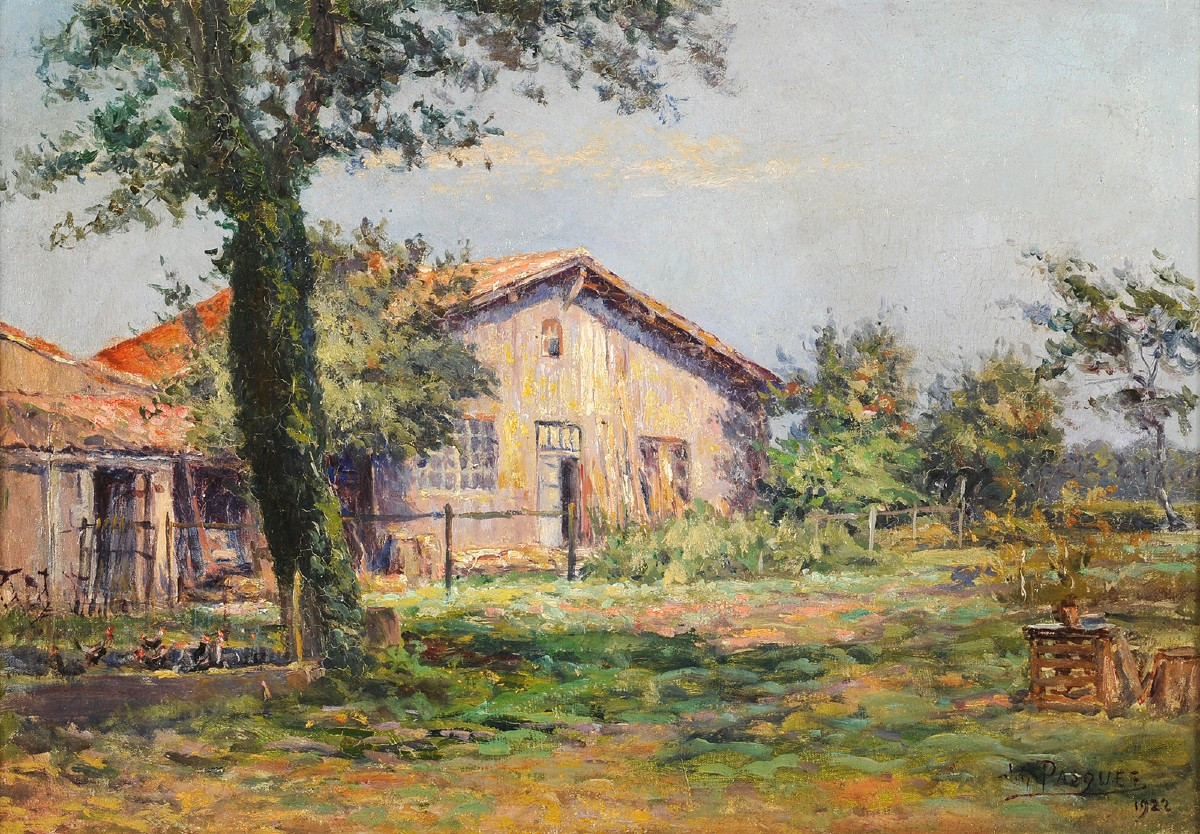
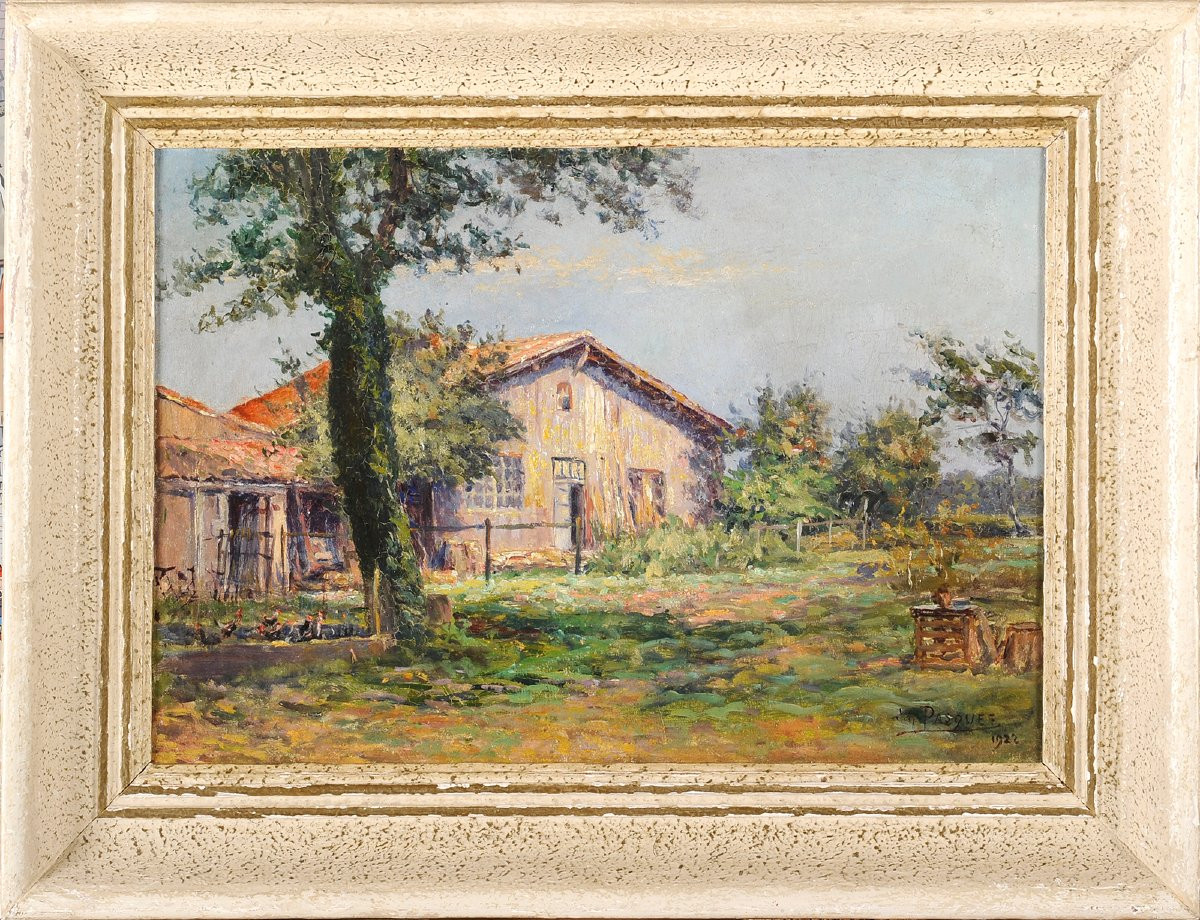
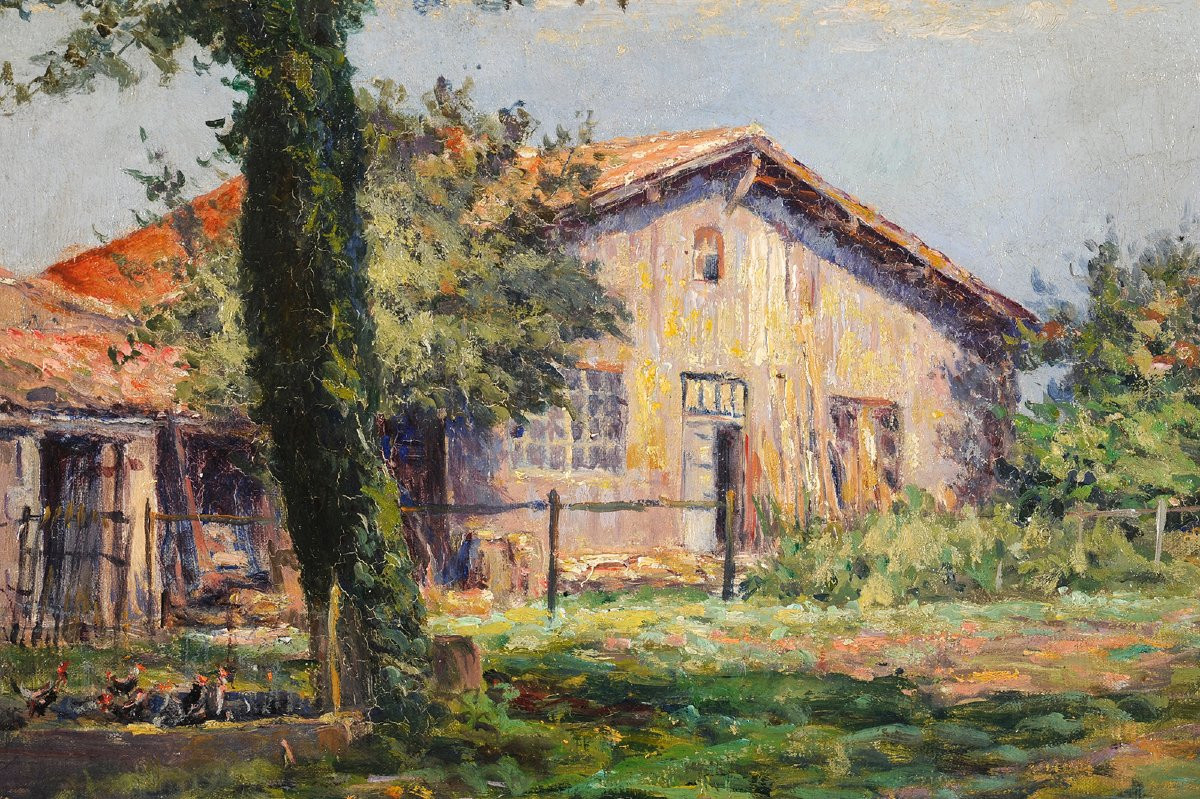
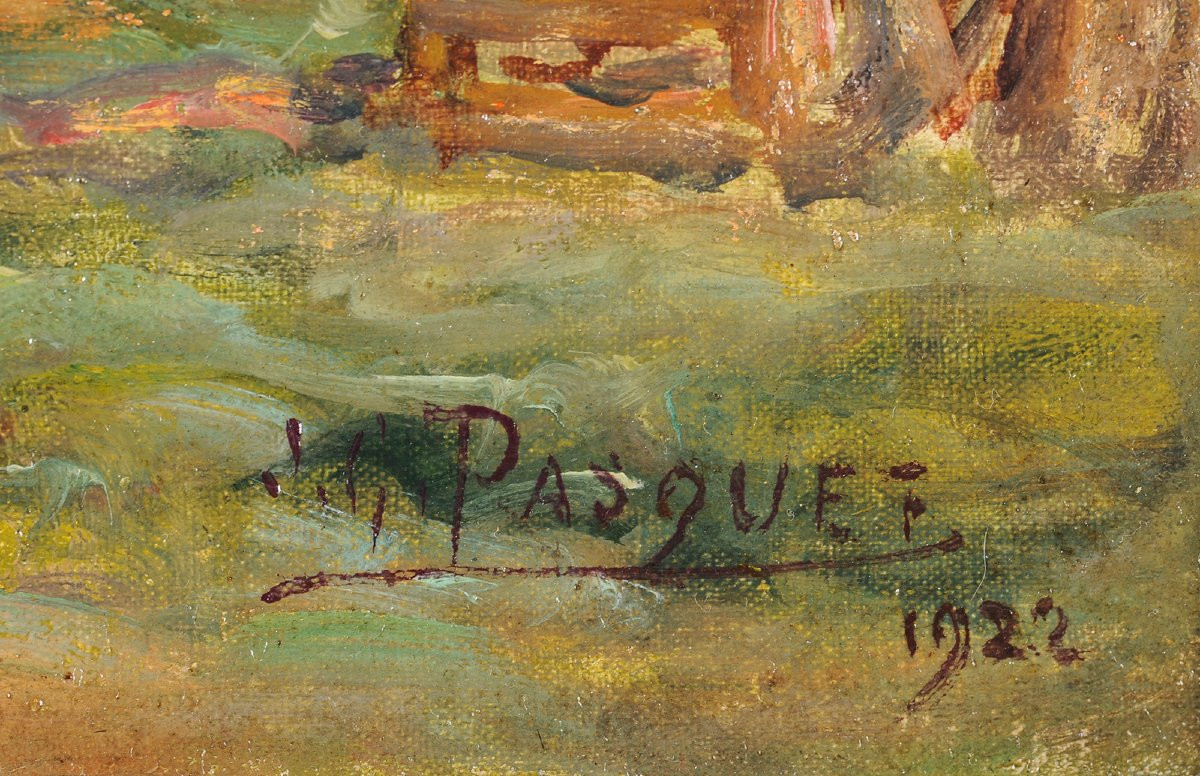





















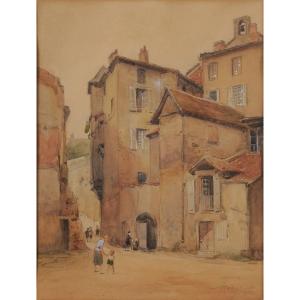

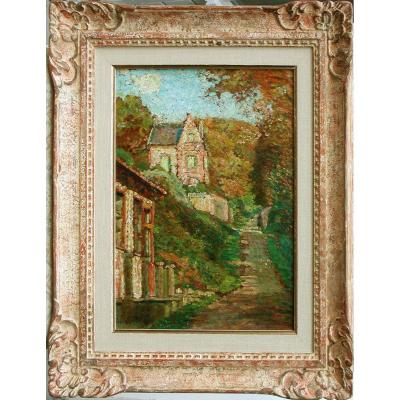


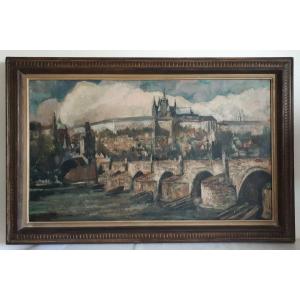



 Le Magazine de PROANTIC
Le Magazine de PROANTIC TRÉSORS Magazine
TRÉSORS Magazine Rivista Artiquariato
Rivista Artiquariato